|
COVAX was created to facilitate equitable access to vaccines. But it hasn’t worked. It was a good baseline model and it was useful because it set targets, argues Monica de Bolle. But, she explains, it had two major flaws. It primarily allocated vaccines in proportion to population sizes, which is not the best public health metric. And it didn’t consider the capacity of countries to roll out massive immunisation campaigns. The answer is
for the Group of Twenty countries to come up with a new arrangement.
World leaders will be taking a close look at what progress has been made in tackling HIV and AIDS when they meet under the auspices of the United Nations this week. As Gilles van Cutsem writes, the documents they’ll be reviewing make for uncomfortable reading. Not one of the targets set for managing the pandemic has been achieved. He argues that, to put the HIV response back on track, governments need to commit to four action points:
invest more, leave no one behind, bump up treatment and prevention and address the main diseases that kill people with HIV.
|
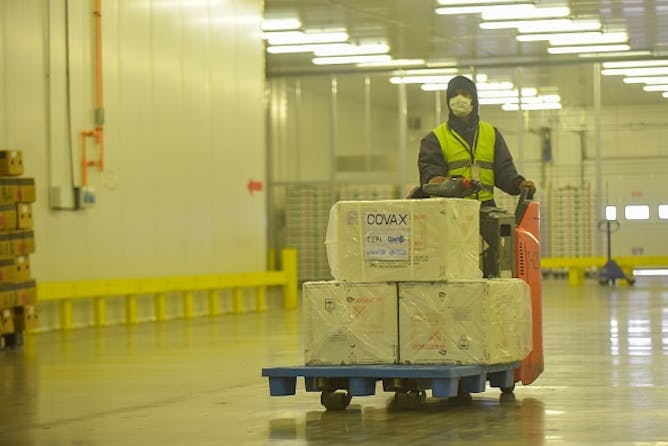
A ground crew member transports the COVID-19 vaccines from COVAX at Bole international airport in Addis Ababa.
Xinhua/Michael Tewelde via Getty Images
Monica de Bolle, Johns Hopkins University
The inefficient vaccine allocation rules currently in place must be replaced by new cooperative institutional structures and more concrete steps by the Group of Twenty (G20) countries.
|
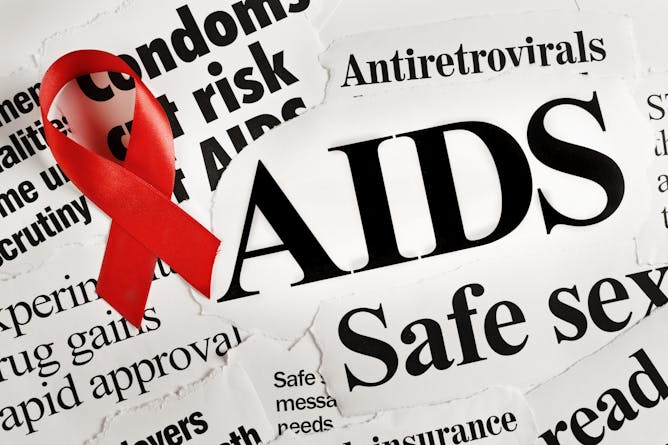
Ending AIDS calls for renewed action.
GettyImages
Gilles van Cutsem, University of Cape Town
The key actions needed to end AIDS are relatively clear. The question is whether every government, funder, and implementing organisations will apply them.
|
Energy + Environment
|

Jack Marley, The Conversation
Join us for a free online discussion about the history and future of the world's oceans.
| |
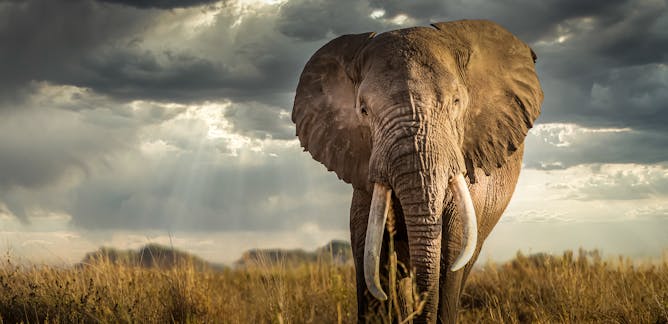
Lydia Tiller, University of Kent; Bob Smith, University of Kent
Crop raiding is happening more often in the Masai Mara, in different places and at different times of the year.
|
|
|
Health + Medicine
|
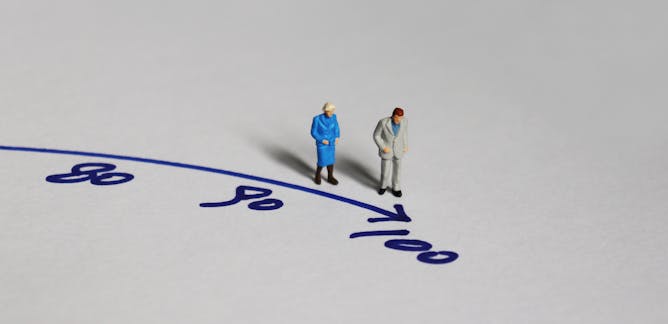
Richard Faragher, University of Brighton
Researchers think they've calculated the limit of human lifespan – but there's more to it.
| |

Marilyn J. Roossinck, Penn State
Bat hosts, lab leaks – tracing SARS-CoV-2 to its origins involves more than just tracking down patient zero.
|
|
|
Science + Technology
|
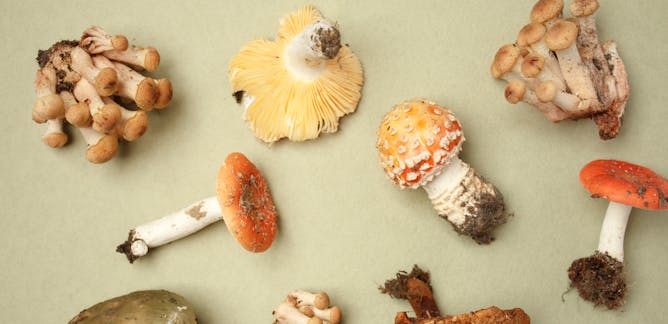
Karen Hughes, University of Tennessee
Poison can be a deadly defense that helps a mushroom make sure its spores are spread to new places to grow into baby mushrooms.
| |
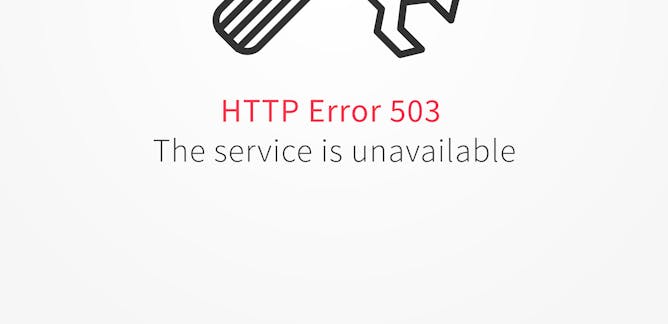
Paul Haskell-Dowland, Edith Cowan University
To understand what happened, you need to know what a CDN (content delivery network) is, and how crucial they are to the smooth running of the internet.
|
|
|